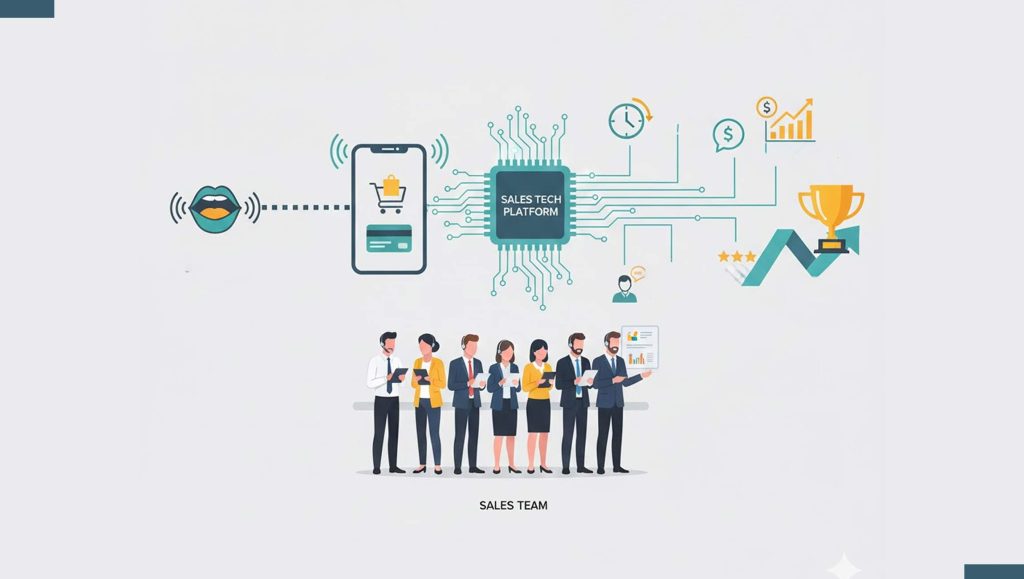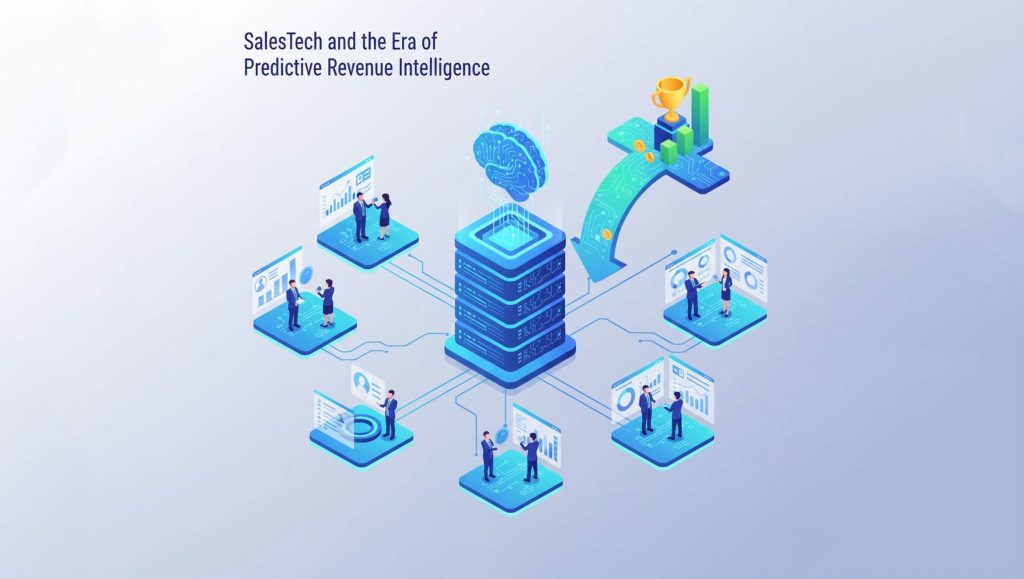The importance of meeting customers where they are and how they want along the consumer journey has become increasingly critical for businesses. According to McKinsey, around 75% of customers tried a new shopping behavior over the past 18 months, and over 80% of those customers will continue trying new behaviors.
In today’s world, providing customers with excellent service is the rule – not the expectation. By offering frictionless experiences that allow customers to feel in control, brands can be rewarded through increased customer experience levels and a higher return on investment. Organizations that do create those highly personalized experiences across channels generate over 40% more revenue when compared to competitors.
Technology will never completely take over the human role in customer service experiences. However, to help optimize traditionally people-heavy customer service tasks, many brands have begun to provide autonomous customer experiences, balancing technology, and people to empower customers to continue developing relationships with them based on their own needs.
Giving the Power Back to Consumers
Over the last decade, the way brands implement customer experience solutions has completely transformed, in conjunction with the shift in consumers’ interactions with brands. This evolution requires brands to adopt new solutions to effectively tackle CX, such as autonomous customer experience strategies and tools.
Autonomous CX is an advanced form of automation where brands can create intelligent learning machines to take control of customer interactions. By using autonomous CX strategies and tools, such as knowledge bases, robotic process automation (RPA), or artificial intelligence (AI), brands allow the customer to take control of brand interactions.
Instead of speaking to and waiting for an agent to pull up a consumer’s information, autonomous CX strategies and tools can quickly pull a customer’s profile, figure out their need, and provide a solution in a matter of minutes.
By implementing these solutions, brands are able to provide the right answer, faster with the least possible friction, while improving the brand’s overall ROI and alleviating customer service agent stress.
Read More: SalesTechStar Interview with Matt Prostko, Head of Sales at TaskHuman
Tackling Autonomy
The best digital experiences customers have with one brand quickly become the new expectation with every brand. By implementing intelligent automation CX solutions, brands can more effectively identify trends and patterns and predict outcomes that aid in better decision making to keep up with customer preferences and improve satisfaction.
Intelligent automation CX solutions can significantly enhance the quality of work for employees appointed with traditionally people-heavy customer service tasks through the use of RPA, virtual agents and chatbots, and machine learning-based decision management. Autonomous CX uses critical data and flexibility to drive automation potential, creating a solution for the next best action. These actions enable brands to provide a faster resolution – resulting in enhanced customer self-service. By feeding the right knowledge response and customer data, brands can create a robust learning engine that continues to improve over time and often more quickly than traditional solutions.
An example of a solution that can offer autonomy are chatbots. Fifty-four percent of customers say they would always choose a chatbot over a human customer service rep if it saved them 10 minutes. Chatbots help reduce friction, decrease wait times, and ensure greater customer satisfaction, loyalty, and retention – as well as create an ever-evolving relationship between AI and humans.
Allowing customers to control their resolution journey by keeping it as brief as possible while decreasing resolution anxiety enables brands to focus on retaining and regaining customers during issues, crises, or common questions.
Balancing Autonomy and the Human Touch
Customers’ increasing demand for easier, more convenient brand interactions is evident in everyday life, as demonstrated by Uber’s ability to transform the ridesharing industry by empowering customers to take control through simple, fast, and intuitive experiences. As customers’ demands continue to evolve, brands must meet customers where they are and offer the information they seek, all while still delivering a superior CX.
It is important to remember that the human touch cannot be removed from the customer’s experience – however, by supplying these tools and strategies, brands can alleviate pressure from agents while still supplying customers with high-quality service.
By putting the power in customers’ hands, brands can offer excellent CX while keeping up with rising demand and increasing workload, all while driving increased ROI — creating a win-win-win situation for all involved.
Read More: Where Deals Go To Die. Closing the Buyer-seller Gap




















